The mountainous region of northern Vietnam, with its ideal subtropical climate and vast old-growth forests, is the cradle of many valuable medicinal plants, most notably cardamom (Amomum tsaoko). This plant is not only a renowned and indispensable spice in traditional cuisine, but also a medicinal herb with high economic value.
From "treasures under the forest canopy" to an environmental burden.
For a long time, cardamom has been the main, even the sole, source of income for thousands of ethnic minority households in border provinces such as Lai Chau , Lao Cai, and Tuyen Quang. The harvested product is mainly exported to major markets like China and India, bringing significant value to the country. It is estimated that each hectare of cardamom can yield an income of 40-50 million VND per year, helping many ethnic minority households achieve a stable income and escape poverty.
The expansion of cardamom cultivation in recent years demonstrates the enormous potential of this crop in poverty reduction in areas with high poverty rates. However, behind this expansion lie serious challenges stemming from traditional, rudimentary farming and processing methods. This has inadvertently turned this "treasure under the forest canopy" into a burden, hindering sustainable economic development and directly threatening the forest ecosystem.
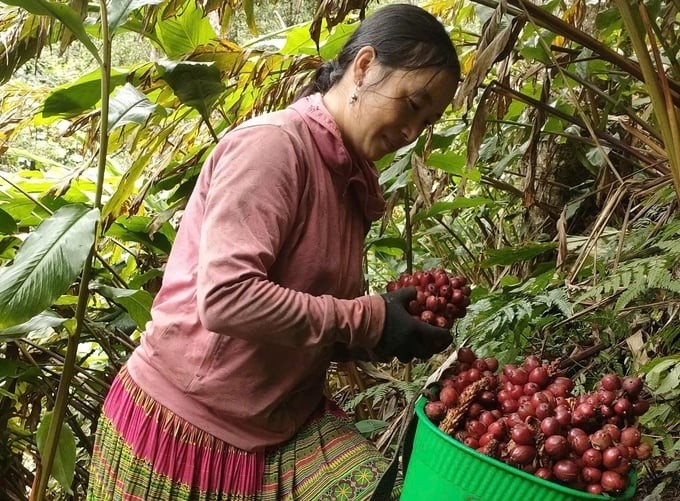
The current state of cardamom cultivation in many mountainous areas, especially the traditional extensive farming methods, not only leads to low yields but also causes unpredictable environmental consequences. Survey data from the Institute of Science, Technology and Environment (ISTE), under the Vietnam Cooperative Alliance, has clearly shown the loopholes in the production process.
Economically, the damage is clear and long-lasting. People often harvest cardamom prematurely or using improper techniques, reducing yield and production by 20-30%. Furthermore, processing, especially drying, is mostly manual and haphazard, using direct firewood. Outdated drying techniques result in low product quality, with small, dark, uneven fruits that are prone to mold and have a short shelf life. This situation causes the selling price of processed cardamom to decrease by 10-15%, directly impacting the already meager incomes of the local people.
"If we continue drying wood as before, we'll have to stay up all night watching the kiln and travel further to find firewood, and the money from selling cardamom won't even cover the effort. More importantly, the forest is thinning, and we're very worried about the floods when they come," shared Vang A Pao, a member of a cardamom farming cooperative in Lai Chau.
That simple statement conceals a greater concern: the negative impact on the environment and forest resources. On average, 5–7 m³ of firewood are needed to produce 1 ton of dried cardamom. The lengthy and costly process of cutting down trees and using firewood for drying has become a major cause of deforestation, exacerbating environmental protection and sustainable development issues. Improper cultivation of cardamom under the canopy of planted and natural forests has also significantly affected the structure and regeneration capacity of natural forests, diminishing their protective capabilities over time. This degradation not only threatens biodiversity but also increases the risk of landslides, flash floods, and mudslides, especially in the northern border provinces.
Given this situation, the development of cardamom cultivation must be linked to the protection and sustainable development of forests. This is an urgent issue requiring intervention from science and technology and professional organization from agencies such as the Vietnam Cooperative Alliance.
Cooperative societies – The key to mastering technology and markets.
Recognizing the urgency of the economic and environmental challenges, the Institute of Science, Technology and Environment, under the Vietnam Cooperative Alliance, has spearheaded a key project: Applying scientific and technical advancements to improve the cultivation, processing, and preservation of cardamom to meet export standards and transferring production technology to cooperatives in the northern mountainous region. The core objective of the project is to enhance the technological capacity and production skills of cooperatives, creating high-quality products that meet the stringent standards of the international market.
The Vietnam Cooperative Alliance has played a key role in connecting science and production practice. The Institute of Science, Technology and Environment not only conducts research but also implements pilot programs and directly transfers technology at the grassroots level. This is an effective cooperation model, ensuring that scientific knowledge is applied to the right target areas needing improvement, especially cooperatives – collective economic organizations that bring together a large number of farmers.
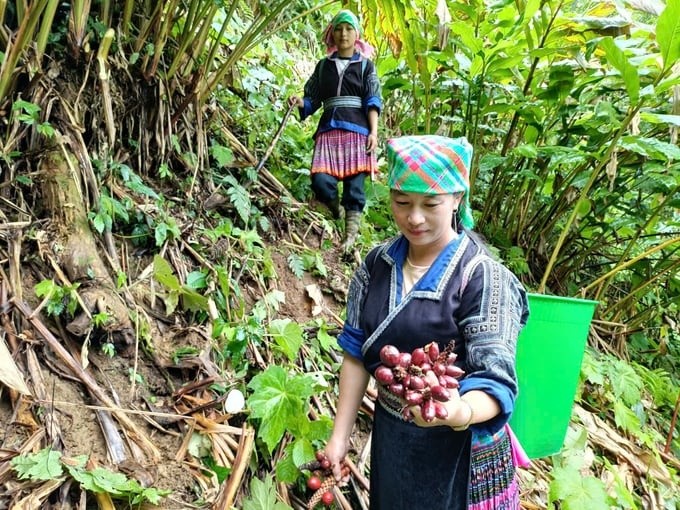
The project tested the transfer of new technological processes into production at two cooperatives in Lai Chau province – one of the localities with a high percentage of poor households and a large area of forest requiring protection. These cooperatives were pioneers in receiving the transfer of drying and cultivation technologies.
Instead of using traditional, polluting, and resource-consuming wood-fired dryers, cooperatives are supported in installing or upgrading advanced drying systems. These could be electric dryers or combined biomass/solar dryers, depending on local infrastructure. The new drying technology has significantly reduced wood consumption (saving 5–7 m³ of wood per ton of dried fruit), lowering operating and labor costs. More importantly, the drying process is tightly controlled in terms of temperature and time, shortening processing time and ensuring product quality.
The dried cardamom product meets higher standards in terms of color (bright red, not burnt), uniform size, and longer shelf life, satisfying the stringent requirements of the export market. The improved product quality has led to a 10-15% increase in the selling price of processed cardamom, creating a stable and sustainable source of income for cooperative members.
Besides processing technology, the Institute of Science, Technology and Environment also focuses on sustainable farming techniques. Cooperatives are guided on proper cultivation techniques under the forest canopy, ensuring reasonable density, using organic fertilizers, and managing pests and diseases organically, replacing the old extensive farming practices. This method ensures that cardamom plants grow healthily without destroying regenerating trees, contributing to maintaining forest structure, biodiversity, and the protective capacity of the forest. The shift from destructive farming to forest-protective farming has been enthusiastically embraced by the local people, as they understand that the forest is their most valuable asset, closely linked to their long-term livelihoods.
Eradicate poverty, protect forests, and safeguard the borders.
The sustainable cardamom development model through cooperatives and the application of science and technology has affirmed its scientific, economic, social, and environmental value, successfully solving the dual problem of economic development and national defense and security in border regions. The success from this practical experience extends beyond economic improvement to greater value.
First and foremost, cardamom has become a key crop in the sustainable poverty reduction strategy. Cultivation under a commodity-linked model, with cooperatives as the driving force, has helped ethnic minority communities stabilize production, generating significant income right on their land, in accordance with their traditional culture and farming practices. Cooperatives not only provide technical assistance but also act as a market bridge, helping members sell their products at better prices and avoid being exploited by traders as before. Economic stability is the greatest motivation for people to feel secure and committed to their homeland.
From a social and security perspective, improving living standards through sustainable cardamom cultivation contributes significantly to maintaining security and order in border regions. The northern mountainous region is the "frontier" of the nation, and maintaining public support and developing the local economy is the most solid foundation. When living standards are secure, people will feel safe living, not be drawn into illegal activities or illegal migration, but will actively participate in self-governing organizations, protect forests, and work with border guards to maintain peace in the border area.
This model has been highly praised and is considered a comprehensive solution for medicinal plants grown under the forest canopy. To replicate this success, the Institute of Science, Technology and Environment has organized workshops to widely disseminate information, proposing solutions for promotion and technology transfer to neighboring cooperatives and provinces with similar conditions such as Cao Bang and Lang Son. The goal is to thoroughly transform from extensive to intensive, controlled production practices, managing cardamom production and business in conjunction with sustainable forest protection and development.
It can be said that the professional support from the Institute of Science, Technology and Environment, under the auspices of the Vietnam Cooperative Alliance, has created a historical turning point. By combining scientific knowledge with an effective collective economic model, this program is gradually helping thousands of households in the northern mountainous region escape the vicious cycle of poverty and unsustainable exploitation, opening up a greener, more prosperous and safer future, transforming the border region of the Fatherland into a strong, self-reliant economic development area.
Source: https://baolaocai.vn/con-duong-thoat-ngheo-tu-cay-thao-qua-post885543.html












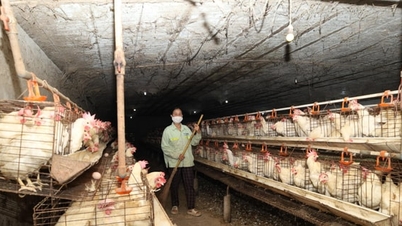

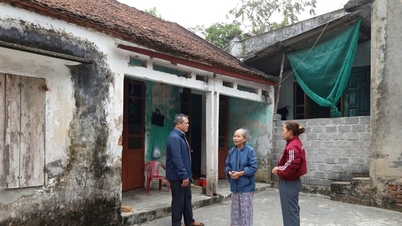
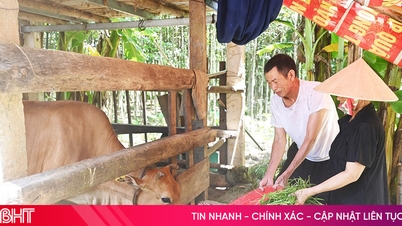

![Anticipating future trends: [Part 2] Durian opens the way out of poverty](https://vphoto.vietnam.vn/thumb/402x226/vietnam/resource/IMAGE/2025/12/14/1765667103893_dsc06982-211637_493-060110.jpeg)





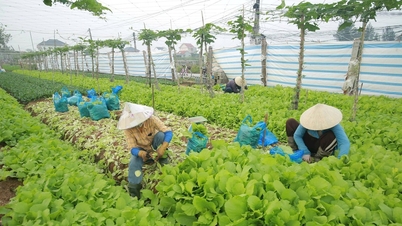





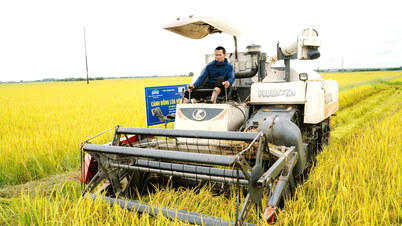






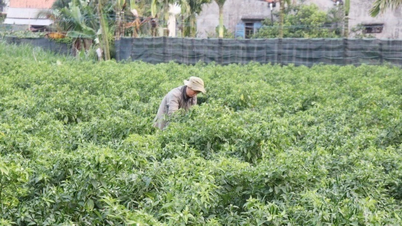
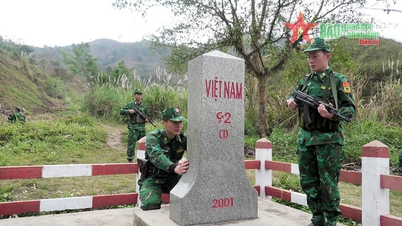
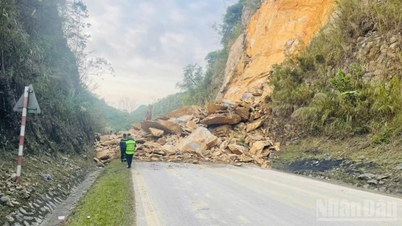
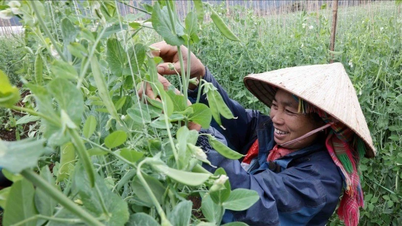
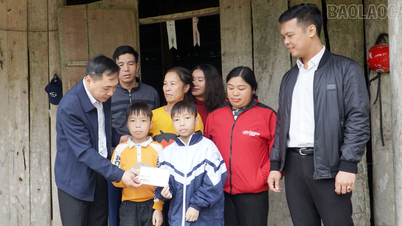

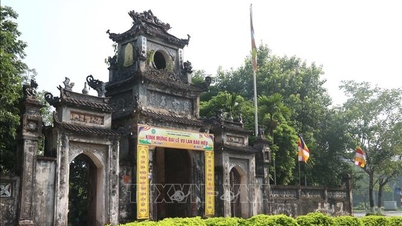

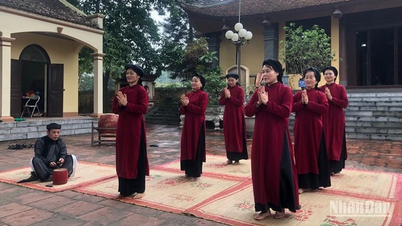

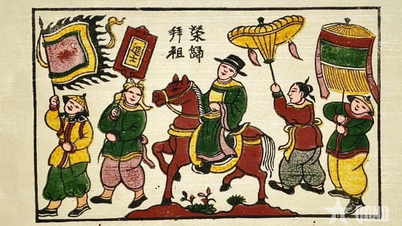

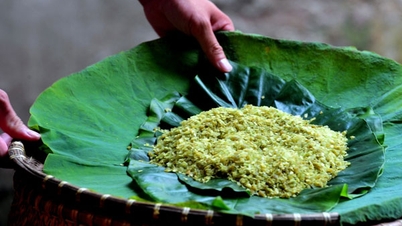

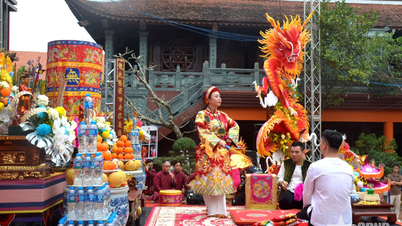




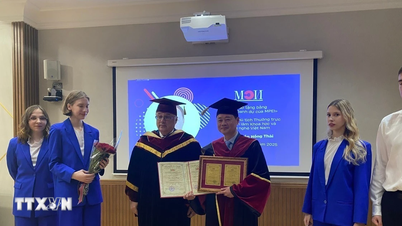












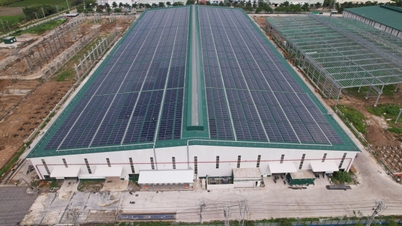









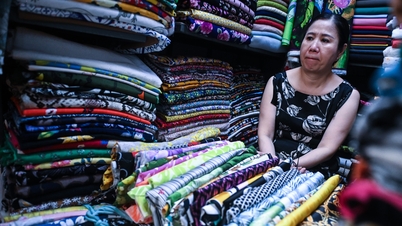

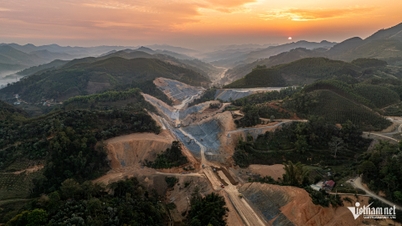






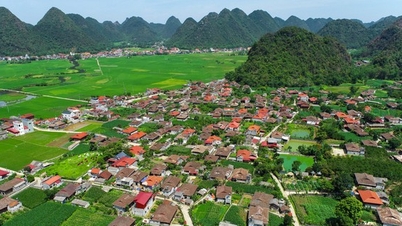






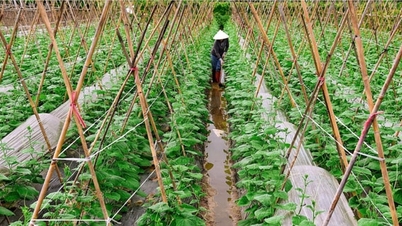













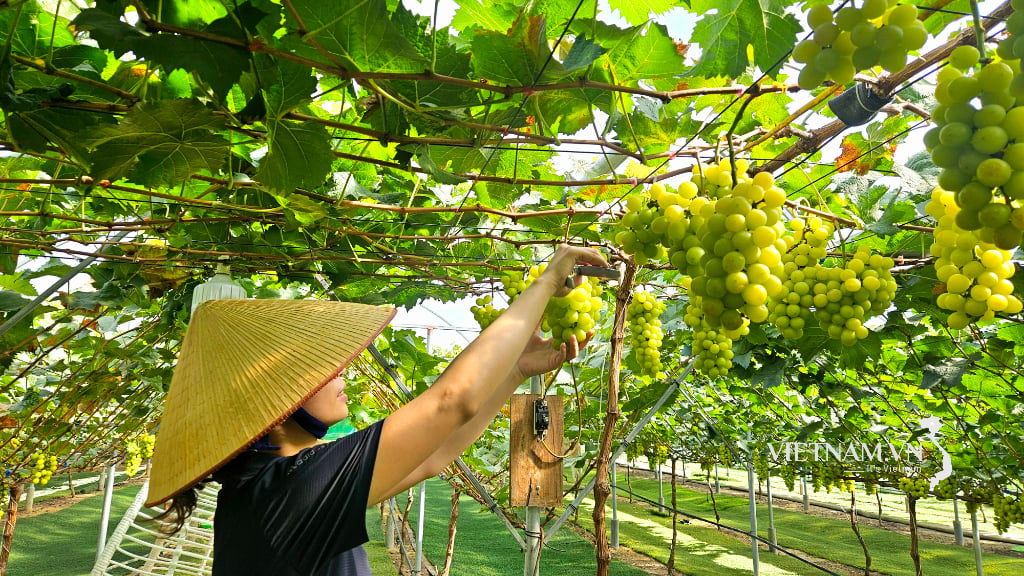
Comment (0)